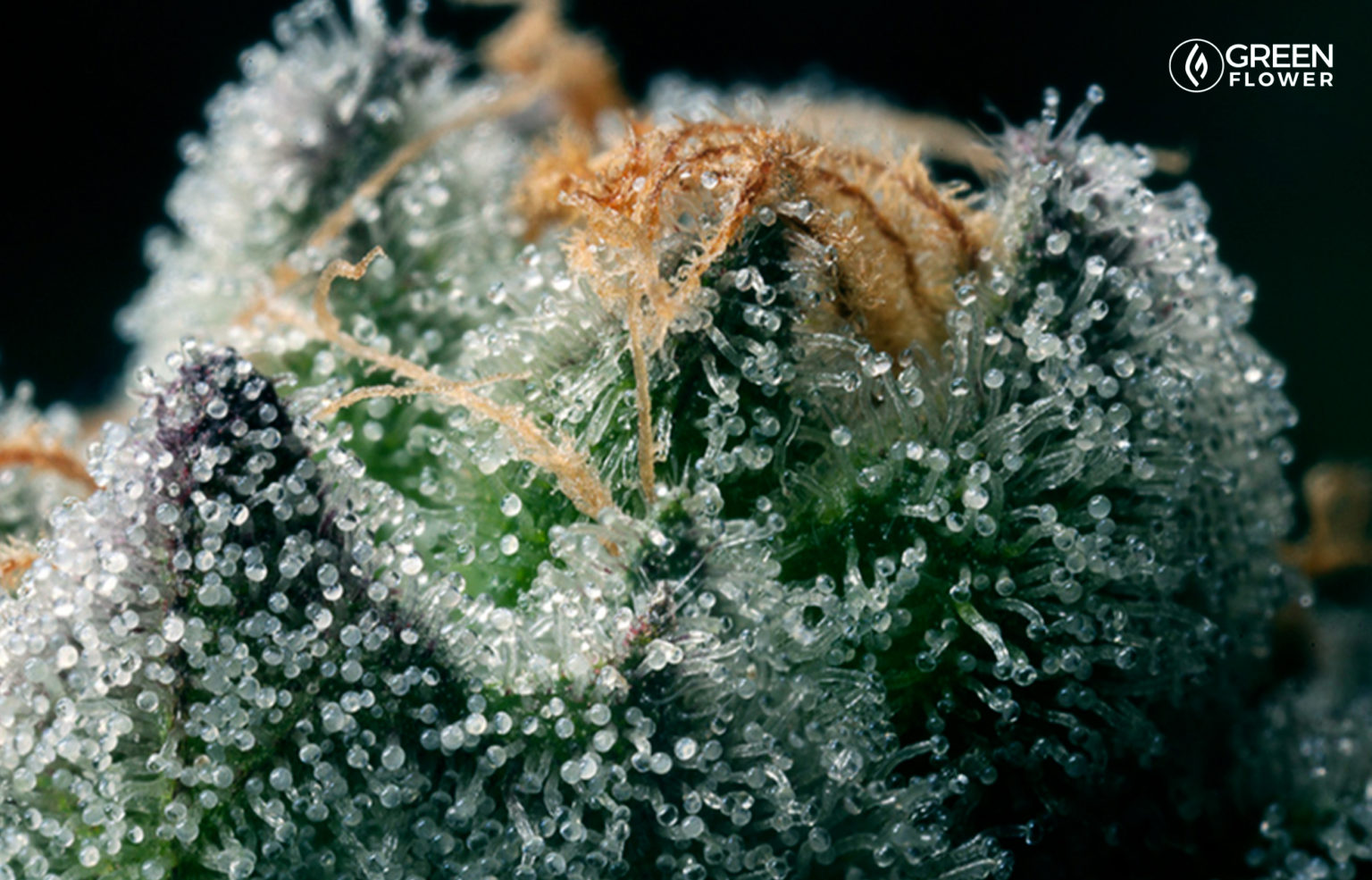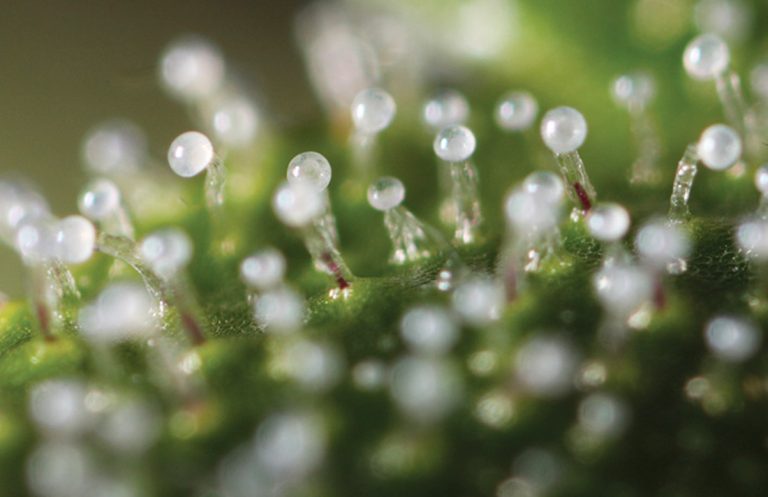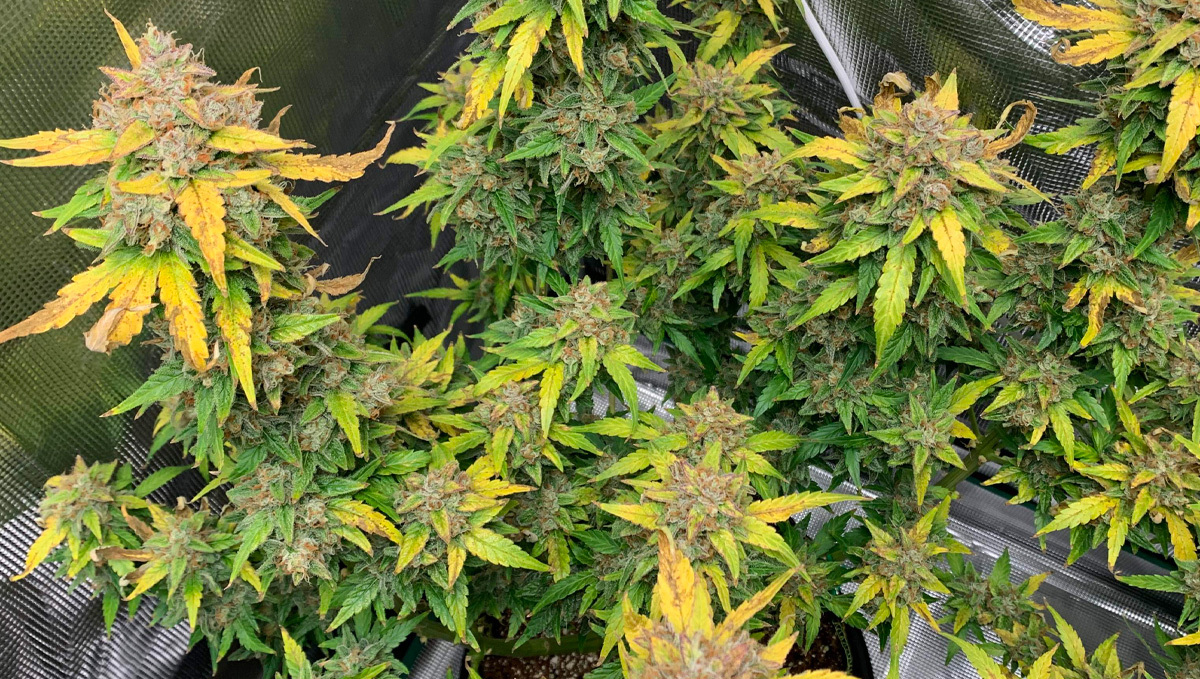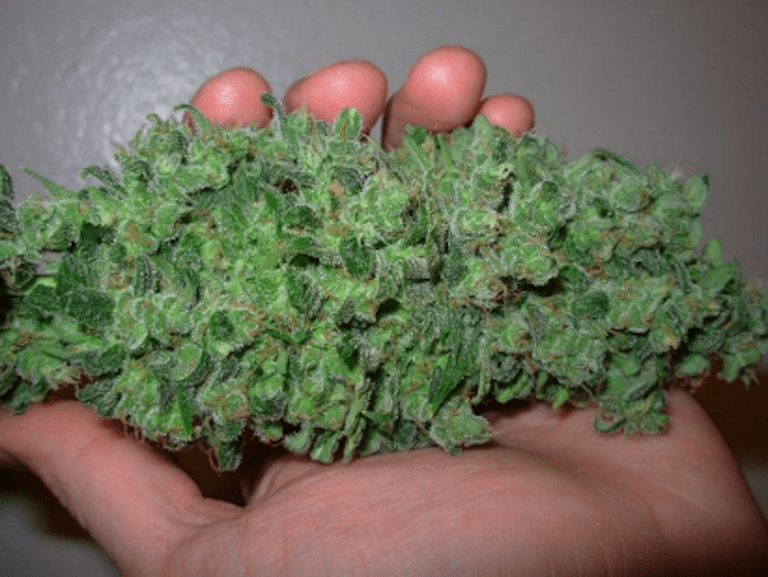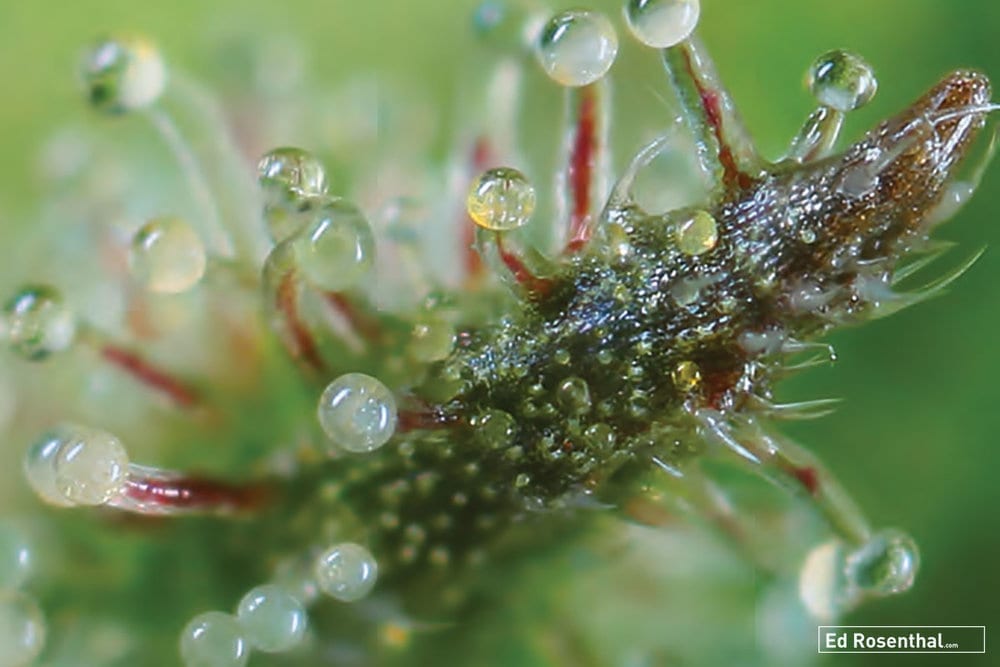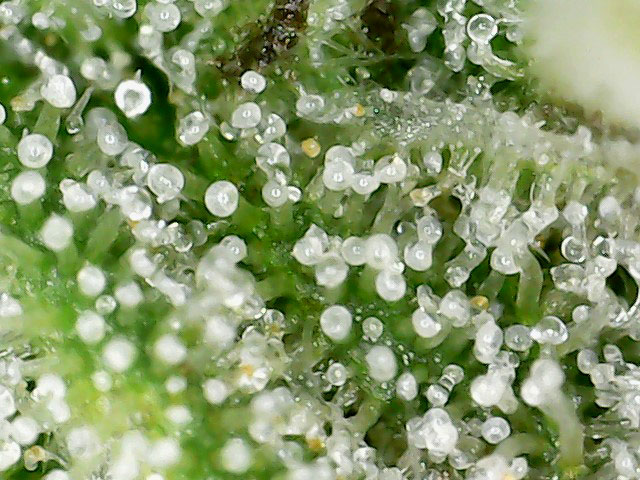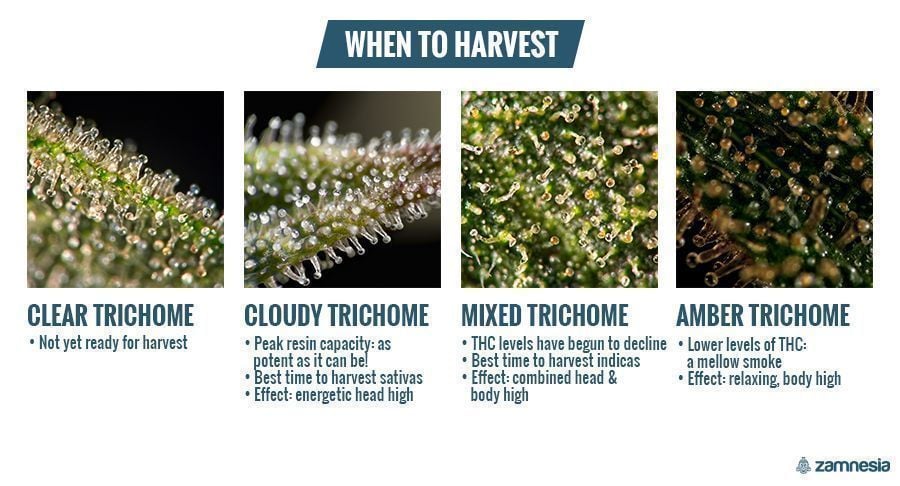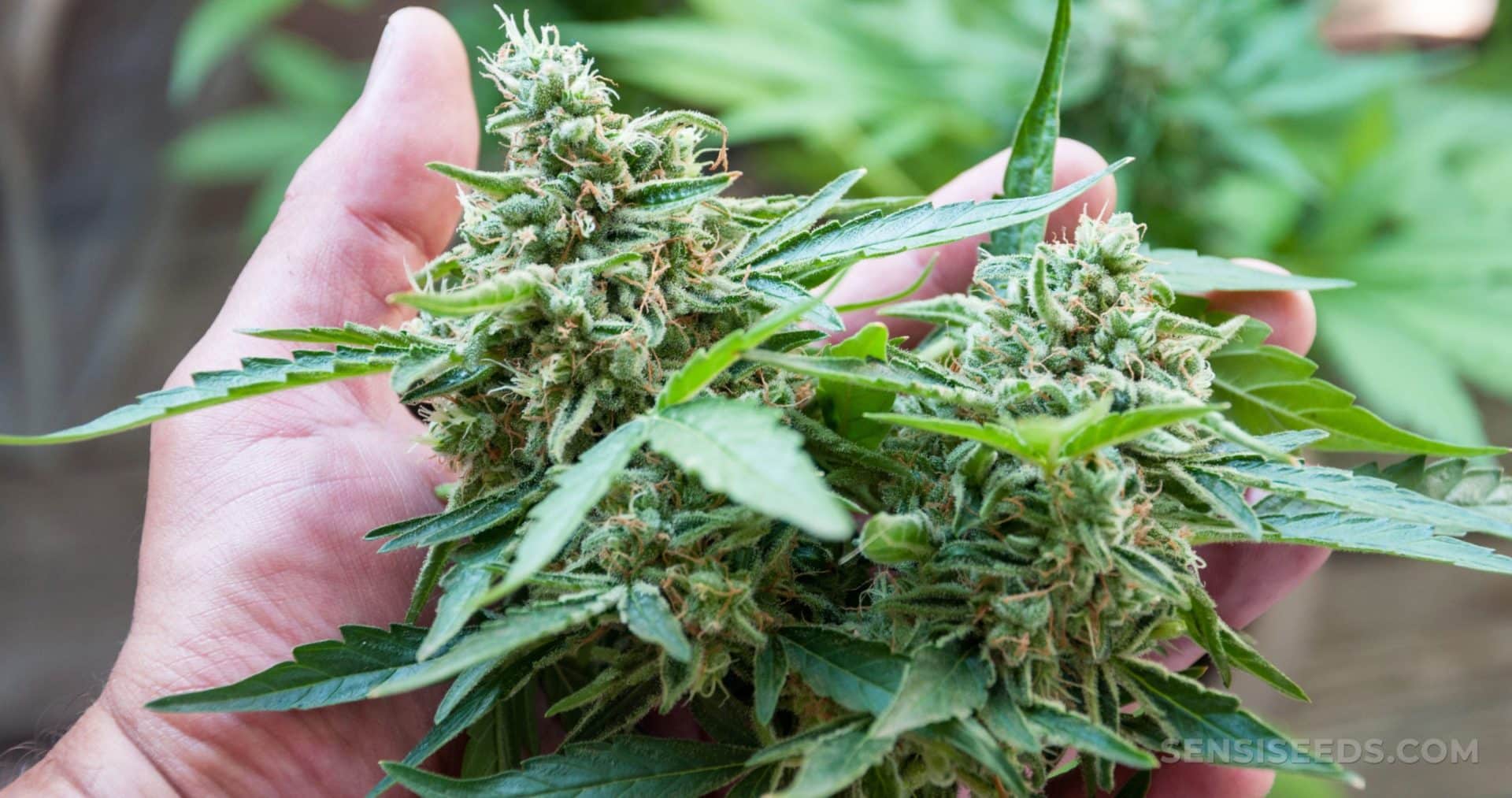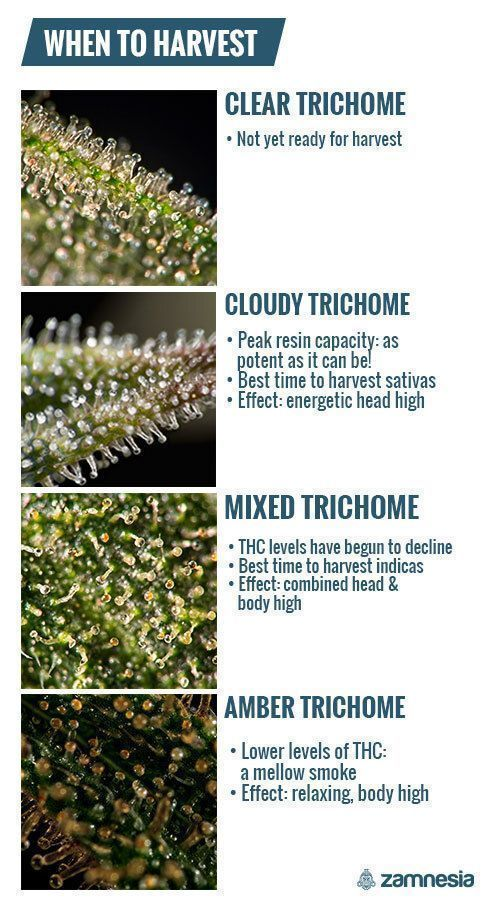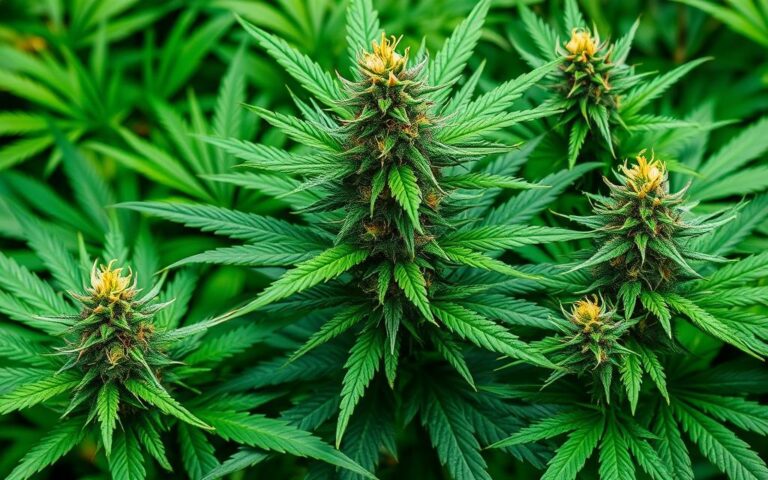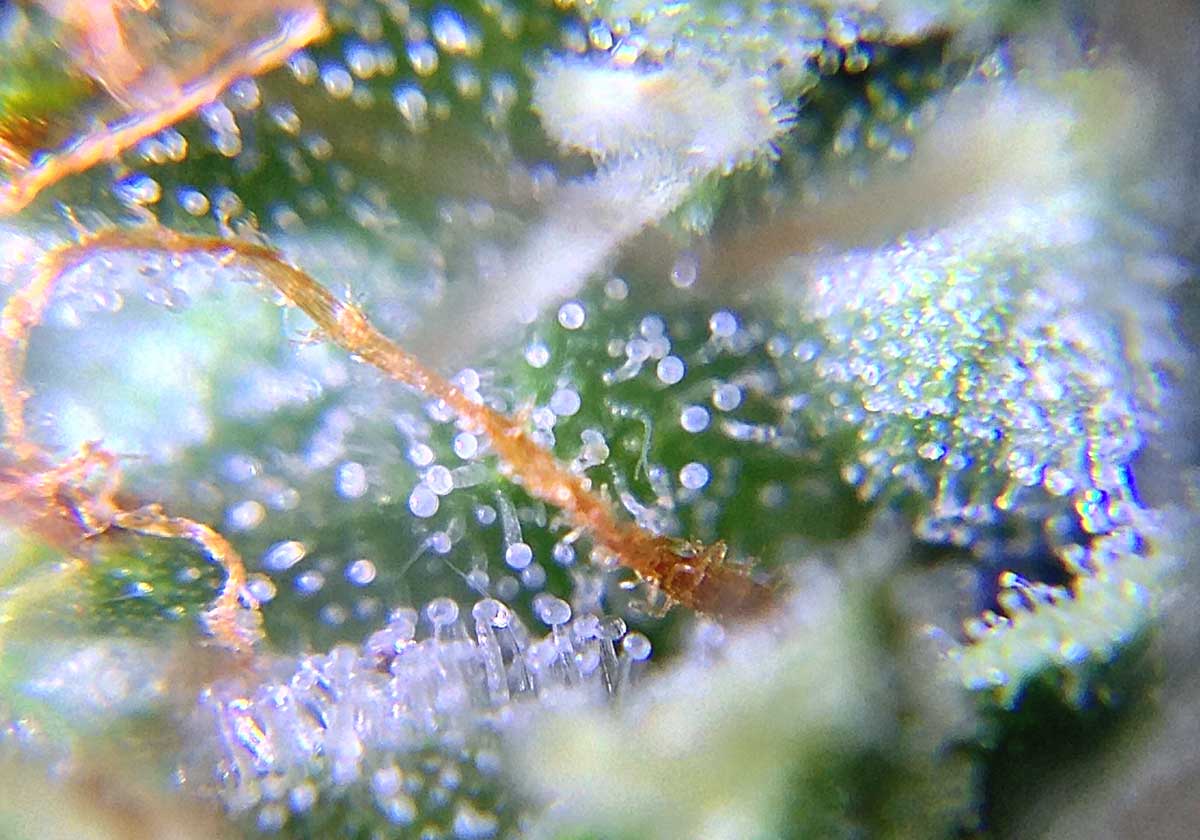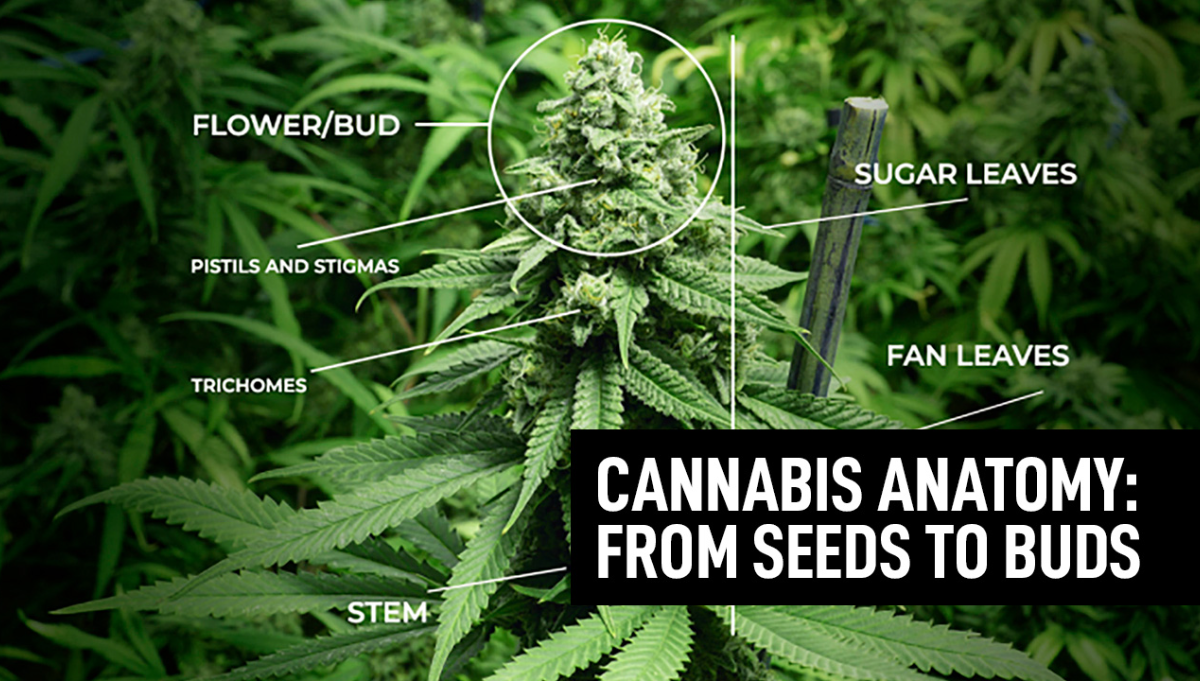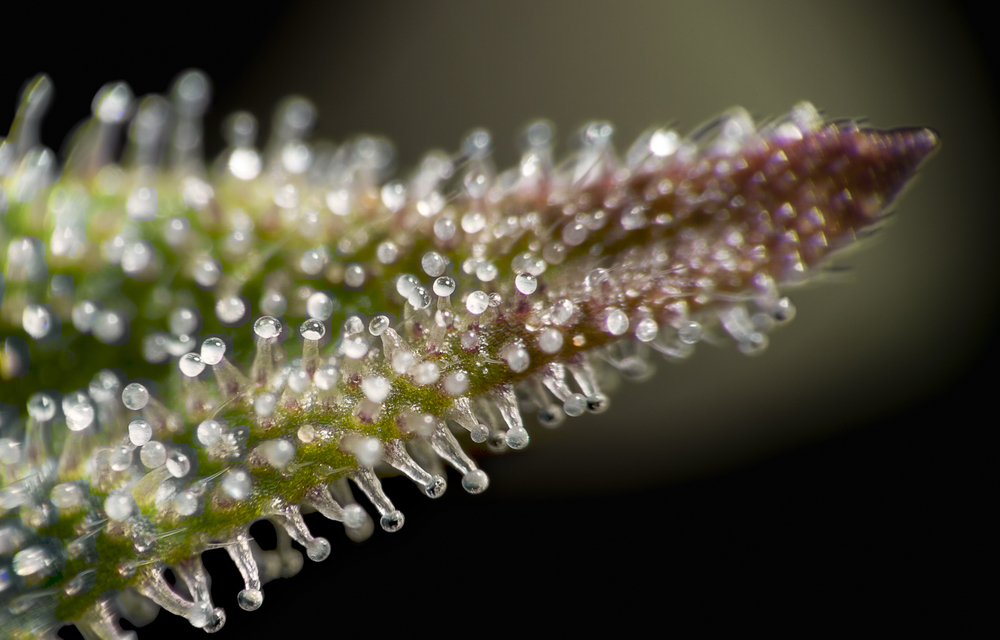What Does Cannabis Look Like When It's Ready To Harvest
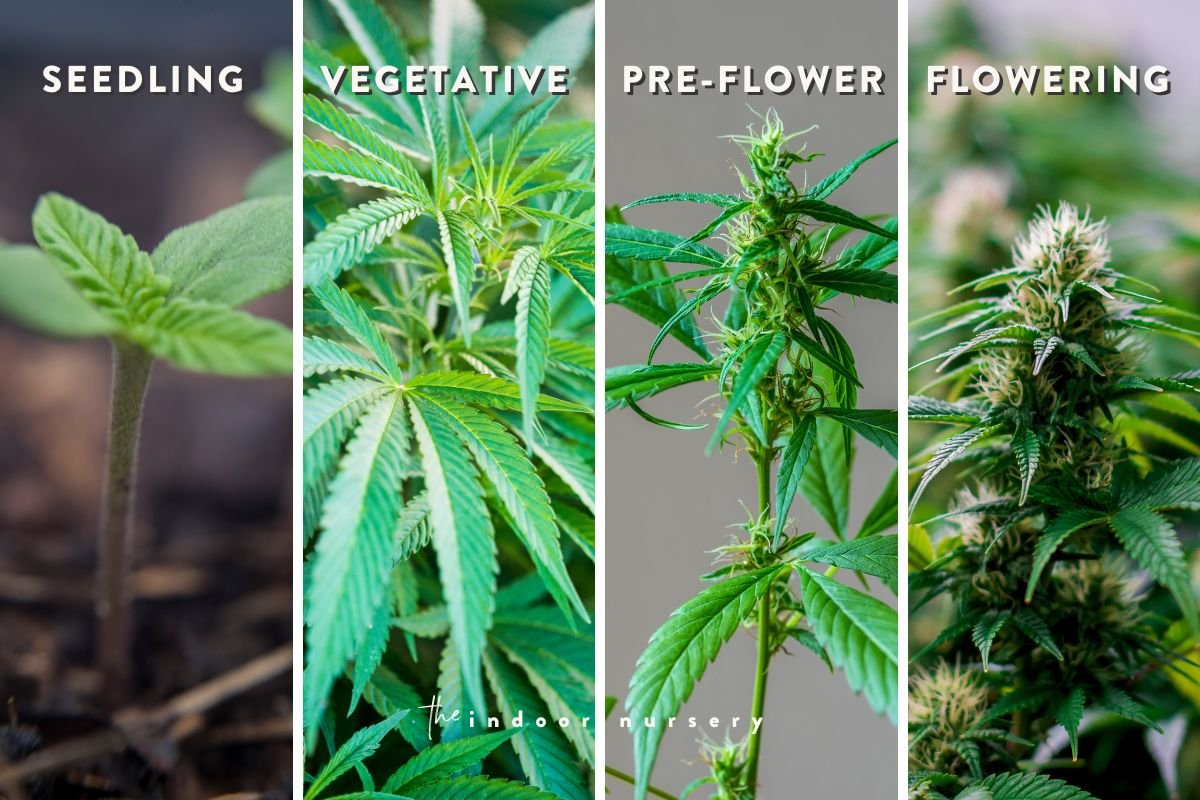
Urgent alerts are circulating among cannabis growers: pinpointing the precise harvest window is crucial for maximizing potency and yield. Misjudging this timing can drastically impact the final product's quality and market value.
The optimal harvest time, often a narrow window of a few days, depends on observing key visual indicators on the plant, specifically the trichomes.
Trichome Color: The Primary Indicator
Trichomes, the resin glands covering cannabis buds, hold the key to determining ripeness. These tiny, mushroom-shaped structures produce cannabinoids like THC and CBD. Their color transformation is the most reliable indicator of harvest readiness.
Initially, trichomes appear clear and glassy. This indicates that the plant is still developing cannabinoids and harvesting at this stage will result in lower potency.
As the plant matures, the trichomes transition from clear to cloudy or milky white. This signifies peak THC production, according to experts at High Times Magazine, indicating the plant is approaching optimal ripeness.
When approximately 50-70% of the trichomes have turned milky white, many growers consider this the ideal time to harvest for a more euphoric and energizing effect.
Finally, as the plant reaches full maturity or even begins to degrade, the trichomes turn amber or brown. This indicates that THC is converting to CBN, a cannabinoid known for its sedative and relaxing effects.
Harvesting when a significant portion of trichomes are amber will yield a more body-focused, potentially sleep-inducing high. The precise ratio of cloudy to amber trichomes depends on the desired effect.
Pistil Color: A Secondary Indicator
While trichome color is the most reliable indicator, the pistils (the hair-like strands on the buds) also offer clues. These pistils start as white and gradually darken to orange, red, or brown as the plant matures.
When approximately 50-70% of the pistils have darkened, it often aligns with the trichomes reaching their peak ripeness, further indicating the plant is approaching optimal harvest time.
However, pistil color alone is not a definitive indicator, as various environmental factors can influence their color change independent of cannabinoid development, warns Cannabis Business Times.
Bud Swelling and Density
Mature cannabis buds typically become noticeably denser and more swollen as they approach harvest time. The calyxes (the small, teardrop-shaped structures that make up the bud) will appear plump and may even start to bulge slightly.
The buds will also feel firmer to the touch compared to earlier stages of development, which further helps to identify maturity.
Note that different strains exhibit different bud structures. Experienced growers develop a familiarity with their specific strains and recognize the characteristic bud swelling patterns.
Leaf Yellowing: Proceed with Caution
As harvest nears, some yellowing of the leaves, particularly the fan leaves, is normal. This indicates that the plant is redirecting its energy from foliage production to bud development.
However, excessive yellowing, especially if accompanied by other signs of stress or nutrient deficiencies, could indicate problems unrelated to ripening. It is important to differentiate between natural senescence and nutrient deficiencies.
Be certain that yellowing is a late stage indicator rather than something else.
Environmental Considerations
Environmental factors like temperature, humidity, and light exposure can influence the speed of maturation. Plants grown in warmer environments might mature faster than those in cooler conditions, according to studies from Oregon State University.
Monitor environmental conditions closely and adjust harvest timing accordingly. Extreme heat or cold can negatively impact cannabinoid development and terpene profiles.
Growers in regions with unpredictable weather patterns should be particularly vigilant.
Harvesting Best Practices
Once the plant is deemed ready for harvest, proper harvesting techniques are essential. Many growers recommend cutting the plant at the base and hanging it upside down in a dark, well-ventilated room for drying.
Proper drying helps to preserve the cannabinoid and terpene profiles, resulting in a higher-quality final product. The optimal drying environment has a relative humidity of around 50-60% and a temperature of 60-70°F.
After drying, the buds are typically trimmed to remove excess leaves before curing in airtight jars. Curing is a crucial step that further enhances the flavor and aroma of the cannabis.
What’s Next?
Growers should immediately inspect their plants for these key indicators. Regular monitoring and precise timing are critical. Delays could lead to degradation of cannabinoids and terpenes.
Consulting with experienced growers and referencing detailed strain-specific guides can further refine harvest timing. Continue to monitor for any emerging best practices from university studies.
The future success of your harvest hangs in the balance.
